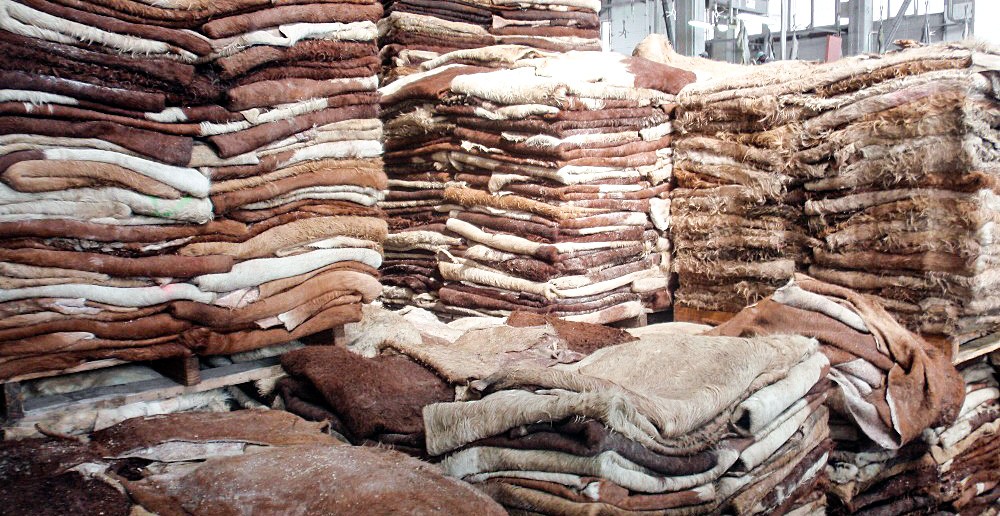


Multiple factors have been added so that the average values of salted leather in the period between 2011 and 2014 of US $ 1.80 per kilo dropped to US $ 0.10 today. Which means a decrease of more than 90%, reaching its historical lows.
The competition of alternative materials, the fall in the production of luxury cars with leather upholstery, the lower consumption of leather goods and the increasing environmental regulations for its processing are some of the causes that have led to the contraction in demand.
It is estimated that 50% of global leather consumption is destined for footwear, 20% for the automotive industry, 15% for furniture and the remaining 15% for leather goods.
A new problem appears when the production of meat worldwide is on the rise and the consumption of leather begins to decline due to changes in trends. With an increasing slaughter, the oversupply of leathers further depresses its value, to the point that it causes serious inconveniences to the meat processing plants, which must burn and bury leathers, as waste.
Two countries recognized as high-quality leather producers, with an exporting tradition, such as Argentina and Uruguay, have been affected by this reality and are concerned with finding solutions.
In the case of Argentina, the national government has deducted exports of salted leathers, to facilitate greater sales to the international market, but there are still no positive results.
Tanneries and leather producers in Uruguay also suffer a complex situation, because due to the low prices of leather for export, its processing is not justified due to the high internal costs. For this reason, 80% of tannery workers are suspended with unemployment insurance (a percentage deduction from salary), until commercialization conditions improve.
RELATED ARTICLE: